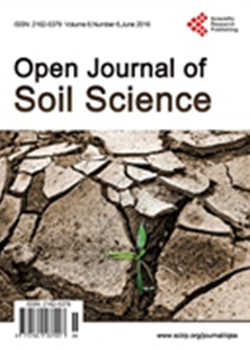
Spatio-Temporal Dynamic of Land Use in the Dja-Odzala-Minkébé Landscape between Cameroon, Congo and Gabon: Influence on the Evolution of Forest Cover in a Context of Cross-Border Cooperation
Year of Publication: 2021
Authors: M. Tadoum, M. Tchamba, A. Tanougong
Abstract
This study is being carried out in the cross-border area of the tri-national Dja-Odzala-Minkébé (TRIDOM), subject of a cooperation agreement between Cameroon, Congo and Gabon in 2005. The purpose of this study is to analyze the dynamics of changes in land use in the context of cross-border cooperation. Geographic information systems and remote sensing were used to produce the various land use maps. For this purpose, the MERIS satellite images for the periods 1992, 2005 and 2018 were used. The exploration of the different images and the field visits made it possible to identify the following six land use classes: dense forests, degraded/deforested forests, savannas, swamp forests, buildings and bare soils, water surfaces. It emerges that the TRIDOM landscape is mainly occupied by dense forests which represent 97.02%, 96.72% and 96.52% respectively in 1992, 2005 and 2018. Then, degraded/deforested forests and savannas which would correspond to cultivation areas and fallow land only represent respectively 1.06% and 0.68% of the landscape in 1992. This proportion in 2005 is respectively 1.22% and 0.77%, whereas in 2018, it is respectively 1.36% and 0.81% of the massif. The landscape of TRIDOM has not experienced any significant land use change during the period after the signing of the cooperation agreement. Historical rates of deforestation are low during the period under study. They are estimated at 0.042% and 0.030% respectively for the period 1992-2005 and the period 2005-2018. These low rates of deforestation seem to be due to the measures taken to secure and sustainably manage the massif taken by the three countries, the low population density in this area and the still difficult level of accessibility of a large part of the massif.
